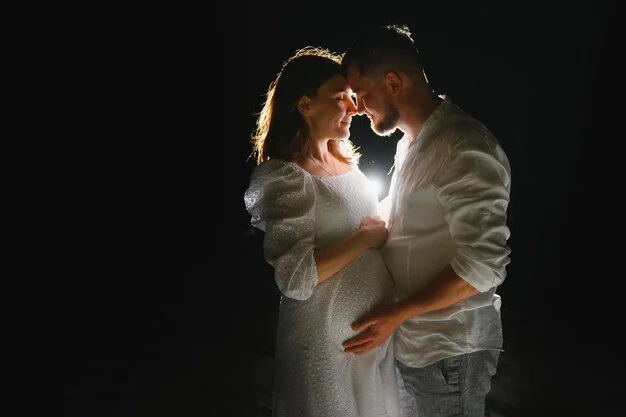In this reflective piece, we’ll refer to my partner as Alex. Alex is of Italian and Irish descent, having grown up in a suburb of Boston. He embodies the classic characteristics of whiteness in America. As he goes about his day—whether dropping our children off at school or riding the subway—he frequently encounters many individuals who share similar backgrounds. While they may not have a distinct form of camaraderie, such as a secret handshake, there is an unspoken connection among them.
As a biracial individual—half-Asian and half-white—I experience a unique connection with others like me. There’s an innate understanding, a quiet nod of acknowledgment that conveys, “I recognize your mixed heritage, and I can relate.” I refer to this moment as that “Hapa Connection.”
The term “Hapa” originates from the Hawaiian phrase “hapa haole,” which means half-white but has come to refer specifically to individuals of mixed Asian descent. In previous decades, being biracial was far less common than it is today. During my childhood and adolescence, I often faced questions like “Where are you from?” and “What are you?”—not to mention the cringe-worthy, “Ni hao. Do you cook Chinese food?” (The answers being California, a human, and No, thank you for asking).
As a child, these inquiries were uncomfortable yet also a source of pride. They made me feel acknowledged, as if my uniqueness was recognized. Given that most people around me were white, I began to embrace my Asian heritage as something special. While my peers enjoyed conventional meals like tuna casserole, my family would indulge in dim sum in Chinatown and also enjoy Italian dishes like spaghetti. I cherished my Chinese-American heritage and felt it made our family more vibrant.
However, as I transitioned into my teenage years, the dynamics shifted. Male strangers often felt it necessary to comment on my “slanted” eyes as an icebreaker, typically following up with remarks about their past relationships with Asian women. The sexual and sexist implications of these comments were not only disheartening but also wholly ignorant (like the time a scruffy older man asked if my boyfriend “enjoyed Chinese food,” which made me want to wash off the encounter with bleach).
It would never cross my mind to ask Alex if he made a great potato dish or if he had any mob connections (although I do have my fair share of drinking-related jokes). No one has ever exoticized him, except for maybe that one awkward experience during a boys’ trip in Montreal, which he prefers to keep to himself. While he identifies more with his Italian roots and has a name that reflects that heritage, he has the privilege of choosing when to share these aspects of his identity, unlike biracial individuals who often have their identities defined by others.
When I meet another biracial person in their 30s or 40s—perhaps another parent at my children’s school—my initial thoughts are devoid of the typical assumptions. I don’t presume they speak another language or have specific cultural experiences tied to their heritage. Instead, I feel a shared understanding of our experiences, perhaps remembering that one high school boyfriend who awkwardly suggested “slope chow” for dinner or an encounter with a veteran who used a derogatory term.
Today, the landscape has changed significantly. Biracial individuals are becoming more commonplace, and in some cases, the Asian partner in a couple is the male. Interestingly, I’ve noticed that cab drivers, who were once the most persistent in making assumptions about me, now rarely acknowledge my presence, perhaps reflecting a broader societal transformation. My children, who are part of this diverse cultural tapestry, see their friends as a blend of ethnicities and often express their heritage in fractions, such as, “I’m a quarter Chinese, a quarter Italian, and a third Martian.” They perceive their backgrounds as an engaging mix rather than a source of division.
After spending time with my Chinese-American family, a friend jokingly asked my kids if they encountered many Chinese people during their visit. My son’s bewildered expression conveyed his lack of awareness—everyone was simply Auntie or Cousin to him, and he couldn’t distinguish between full Chinese relatives, hapas, or other ethnicities. This signifies a step towards a more integrated society, doesn’t it?
While my son likely won’t hear cringeworthy jokes about “no starch” or my daughter might not experience inappropriate comments tied to stereotypes, their identities have become so blended that they’ve emerged almost “neutral.” They may not have the unique identifiers that I grew up with, aside from their achievements and character, which may lead to a loss of the specialness that comes from embracing one’s cultural heritage.
In summary, as society evolves, so does our understanding of identity. The nuances of being biracial are changing, and while we gain more acceptance and diversity, we may also lose some of the distinctiveness that comes from having a rich cultural background. If you’re interested in exploring further aspects of home insemination, I recommend checking out resources like Healthline, or this guide on the home insemination kit. For more insights on this topic, visit our blog to keep engaged.
